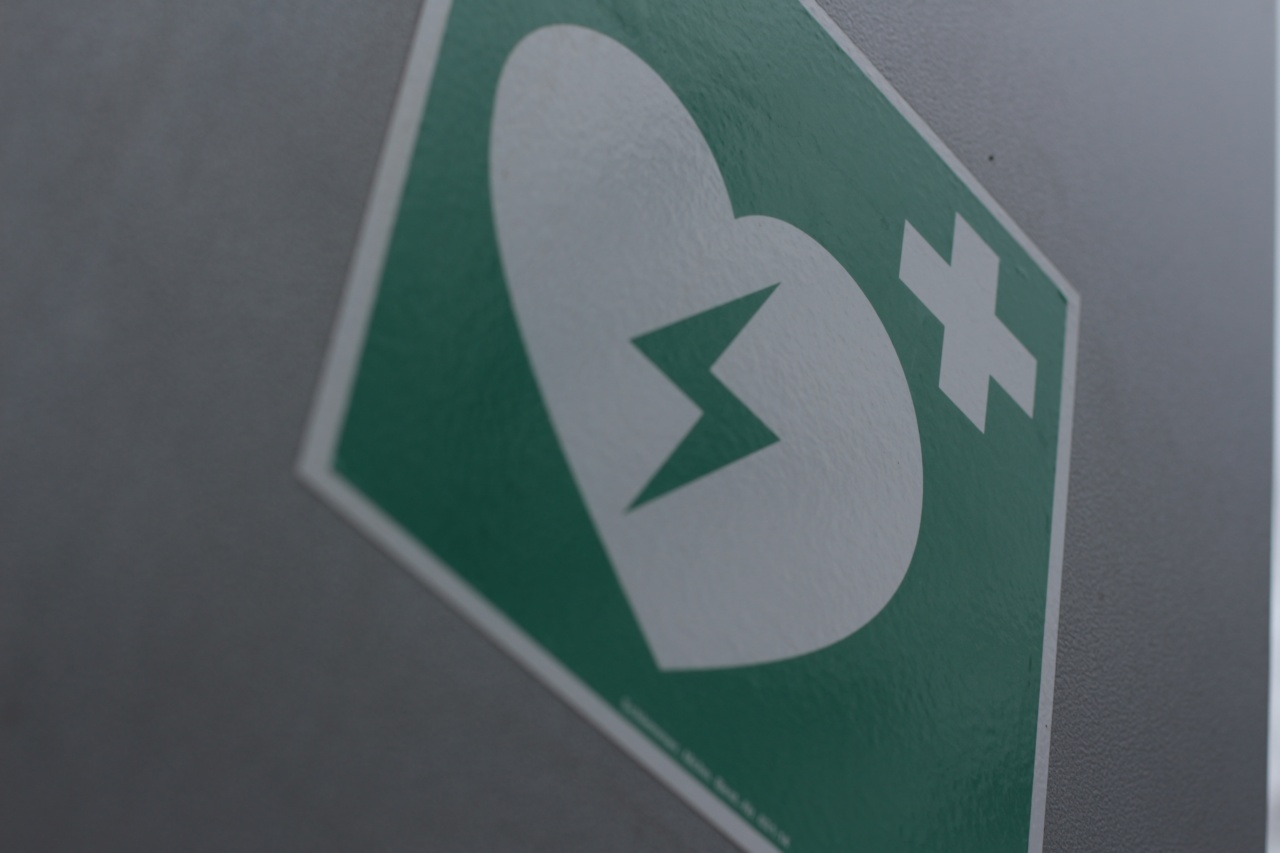Orthostatic hypotension, also known as postural hypotension, is a condition characterized by a sudden drop in blood pressure when a person stands up from a sitting or lying down position.
This drop in blood pressure can lead to dizziness, lightheadedness, or fainting. While orthostatic hypotension can occur in anyone, it can also be an early warning sign of underlying heart problems.
In this article, we will explore the relationship between orthostatic hypotension and heart health, the causes, symptoms, and available treatments.
Understanding Orthostatic Hypotension
When we stand up, gravity pulls blood down to the lower part of our bodies, primarily our legs, causing blood vessels to constrict and the heart to work harder to pump blood back to the brain.
Normally, our bodies quickly adjust to this change and maintain stable blood pressure. However, in individuals with orthostatic hypotension, the body struggles to regulate blood pressure during position changes.
The typical blood pressure drop associated with orthostatic hypotension is a decrease of 20 mmHg in systolic blood pressure (the top number of a blood pressure reading) or a decrease of 10 mmHg in diastolic blood pressure (the bottom number) within three minutes after standing up. This rapid drop in blood pressure can trigger various symptoms.
Causes of Orthostatic Hypotension
Orthostatic hypotension may have several underlying causes, ranging from temporary and harmless to potentially serious heart problems. The most common causes include:.
- Dehydration: Not having enough fluids in the body can disrupt blood volume and lead to orthostatic hypotension.
- Medications: Certain medications, such as alpha-blockers, beta-blockers, diuretics, and antidepressants, can affect blood pressure regulation.
- Neurological disorders: Conditions like Parkinson’s disease, multiple system atrophy, or peripheral neuropathy can disrupt the body’s autonomic nervous system, which controls blood pressure.
- Heart conditions: Heart problems, including heart failure, heart valve issues, and heart rhythm abnormalities, can contribute to orthostatic hypotension.
- Age-related changes: As people age, blood vessels may become less flexible, making it harder for the body to adjust blood pressure when standing up.
Symptoms and Diagnosis
The symptoms of orthostatic hypotension are primarily associated with changes in body position. These may include:.
- Dizziness or lightheadedness
- Fainting or nearly fainting (syncope or near-syncope)
- Blurred vision
- Nausea
- Confusion or difficulty concentrating
- Weakness or fatigue
- Pale skin
- Rapid heartbeat (tachycardia)
To diagnose orthostatic hypotension and determine its underlying cause, healthcare professionals may perform various tests, including:.
- Tilt table test: The patient is secured to a table that tilts to different angles while their blood pressure and heart rate are monitored for changes.
- Blood tests: These can help assess hydration levels, hormone imbalances, and other factors that may contribute to orthostatic hypotension.
- Electrocardiogram (ECG): This test records the heart’s electrical activity and can help identify heart rhythm abnormalities.
- Echocardiogram: Using ultrasound, this imaging test examines the heart’s structure and function, providing insights into possible heart problems.
Orthostatic Hypotension and Heart Problems
While orthostatic hypotension can be caused by various factors, it can also serve as an indicator of underlying heart problems. Some heart conditions associated with orthostatic hypotension include:.
- Heart failure: In heart failure, the heart’s ability to pump blood is compromised, leading to poor blood circulation and a higher likelihood of orthostatic hypotension.
- Heart valve issues: Abnormalities or defects in the heart valves can disrupt blood flow, potentially causing orthostatic hypotension.
- Arrhythmias: Irregular heart rhythms, such as bradycardia (slow heart rate) or tachycardia (fast heart rate), can contribute to orthostatic hypotension.
- Autonomic dysfunction: Dysfunction of the autonomic nervous system, which regulates vital functions including blood pressure and heart rate, can result in orthostatic hypotension.
If orthostatic hypotension is suspected to be related to heart problems, further evaluation and appropriate cardiac testing are typically recommended to determine the exact cause.
Treatment and Management
The treatment of orthostatic hypotension aims to alleviate symptoms, address any underlying causes, and reduce the risk of complications. Depending on the severity and underlying cause, different approaches may be utilized:.
- Lifestyle modifications: Increasing fluid and salt intake can help expand blood volume and improve blood pressure regulation. Avoiding sudden position changes and rising slowly can also be beneficial.
- Medication adjustments: If medications are causing orthostatic hypotension, adjusting or changing them may help alleviate symptoms. For example, medications that constrict blood vessels or increase blood volume might be prescribed.
- Compression garments: Wearing compression stockings or abdominal binders can help prevent blood from pooling in the legs, thus reducing orthostatic hypotension symptoms.
- Pharmacological interventions: In severe cases, certain medications that raise blood pressure or stimulate the autonomic nervous system may be prescribed.
It is essential to consult with a healthcare professional to determine the most appropriate treatment plan based on individual circumstances.
Conclusion
Orthostatic hypotension, characterized by a sudden drop in blood pressure upon standing, can be a potential sign of underlying heart problems.
While it can result from various causes, including dehydration and certain medications, it may also indicate heart conditions such as heart failure, heart valve issues, or arrhythmias. Recognizing the symptoms and receiving prompt medical attention is crucial for accurate diagnosis and effective management.
By addressing the underlying causes and managing symptoms appropriately, individuals with orthostatic hypotension can enhance their quality of life and reduce the risk of complications.





























